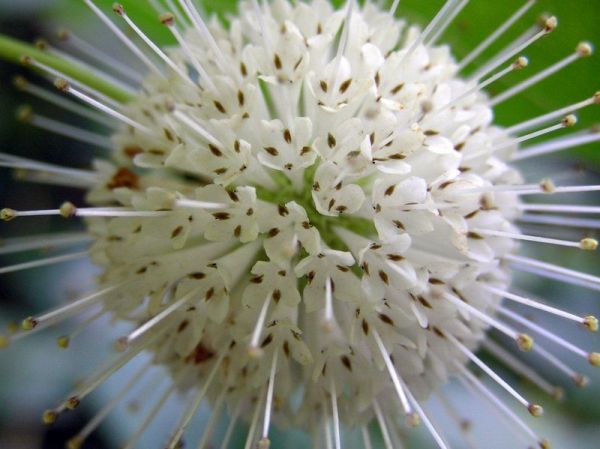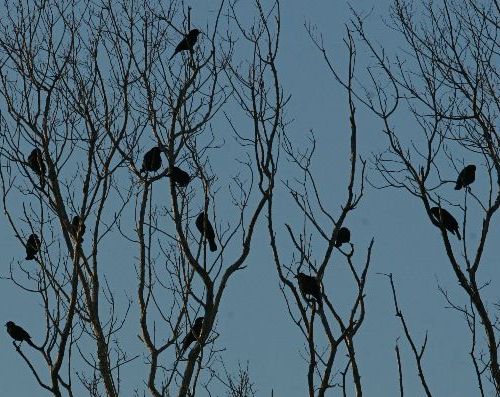
…say this pair of ospreys from their nest at Shenango Lake in late May. They already had babies and were wary of anything that might harm them. Something overhead made them nervous.
Osprey nesting season varies across North America based on climate. Osprey eat fish so they nest near lakes, bays, deep rivers and sheltered salt-water. As with all birds, they migrate if their food supply is seasonal. Fish migration (salmon and shad) and ice (which makes fish inaccessible) are determining factors.
Osprey reuse the same nest year after year by adding to the top of it, but they won’t return to the site until the ice is out. In South Florida osprey don’t need to migrate so they begin nesting in November and December. In southern New England, they nest in mid-to-late April because the ice doesn’t break until March. Timing in Western Pennsylvania is similar to southern New England’s.
No matter where osprey nest, the process takes the same length of time: 37 days from egg-laying to hatch, 50-55 days from hatch to fledge, and 10-20 more days until the young are independent of their parents.
By now, the babies from this Shenango Lake nest have flown and they’re learning the ropes of adulthood. When the cold weather comes it’ll be their turn to go away.
(photo by Cris Hamilton)
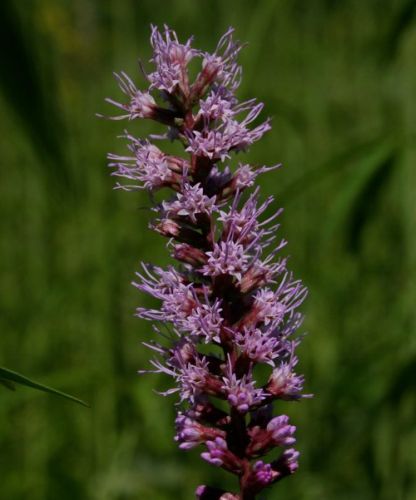
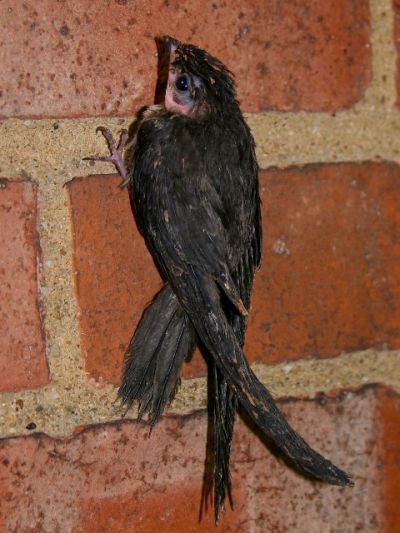 The chimney swift flocks have grown again after weeks of reduced numbers. Since the swifts arrived last spring I’ve seen the character of their flocks change four times.
The chimney swift flocks have grown again after weeks of reduced numbers. Since the swifts arrived last spring I’ve seen the character of their flocks change four times.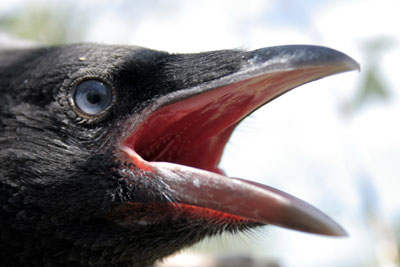 July 28, 2009:
July 28, 2009: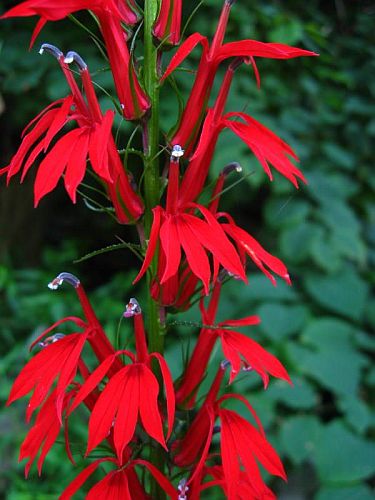
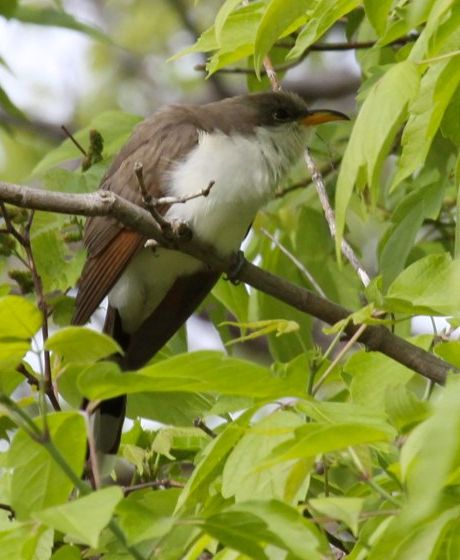
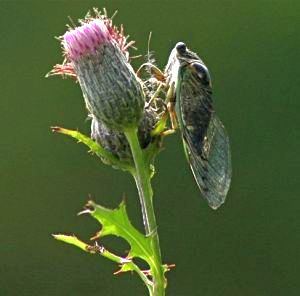 Where are they? It’s mid-July and I have heard only one
Where are they? It’s mid-July and I have heard only one 